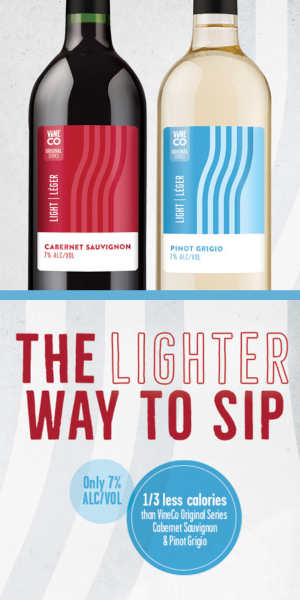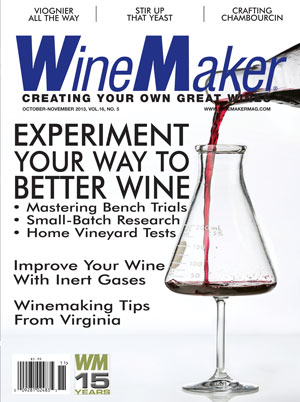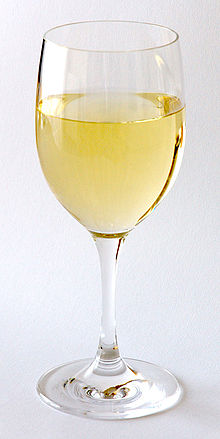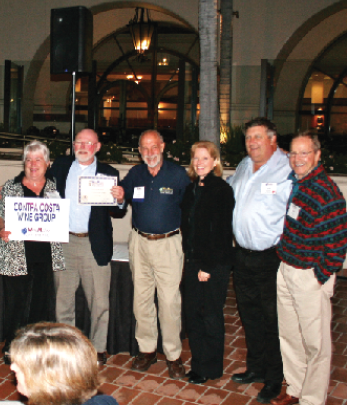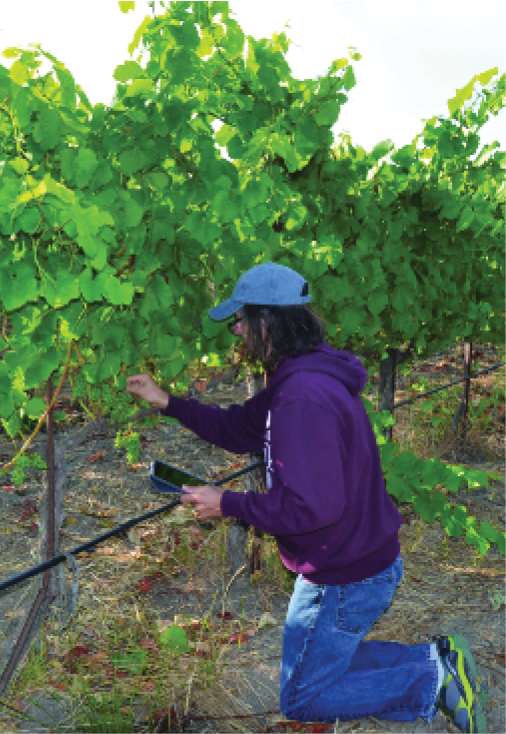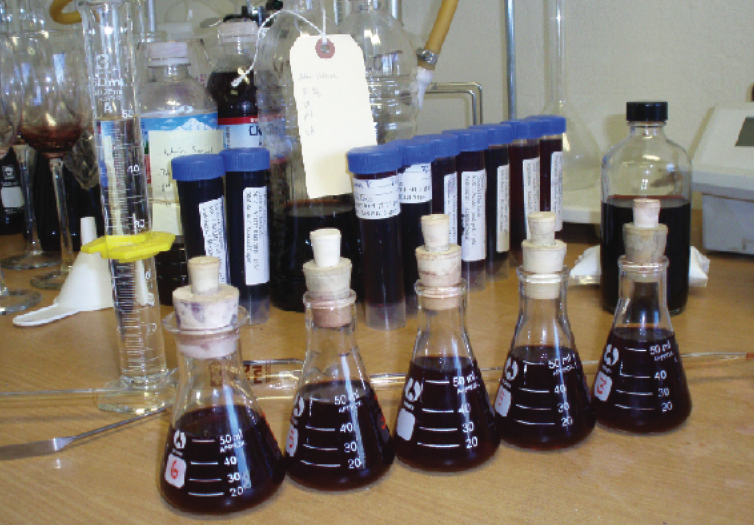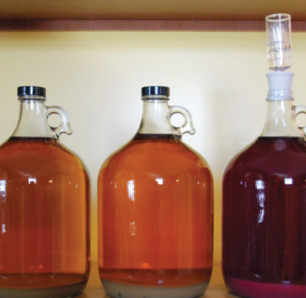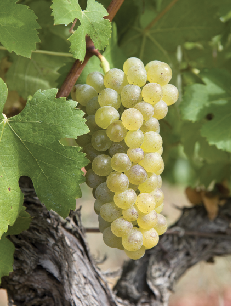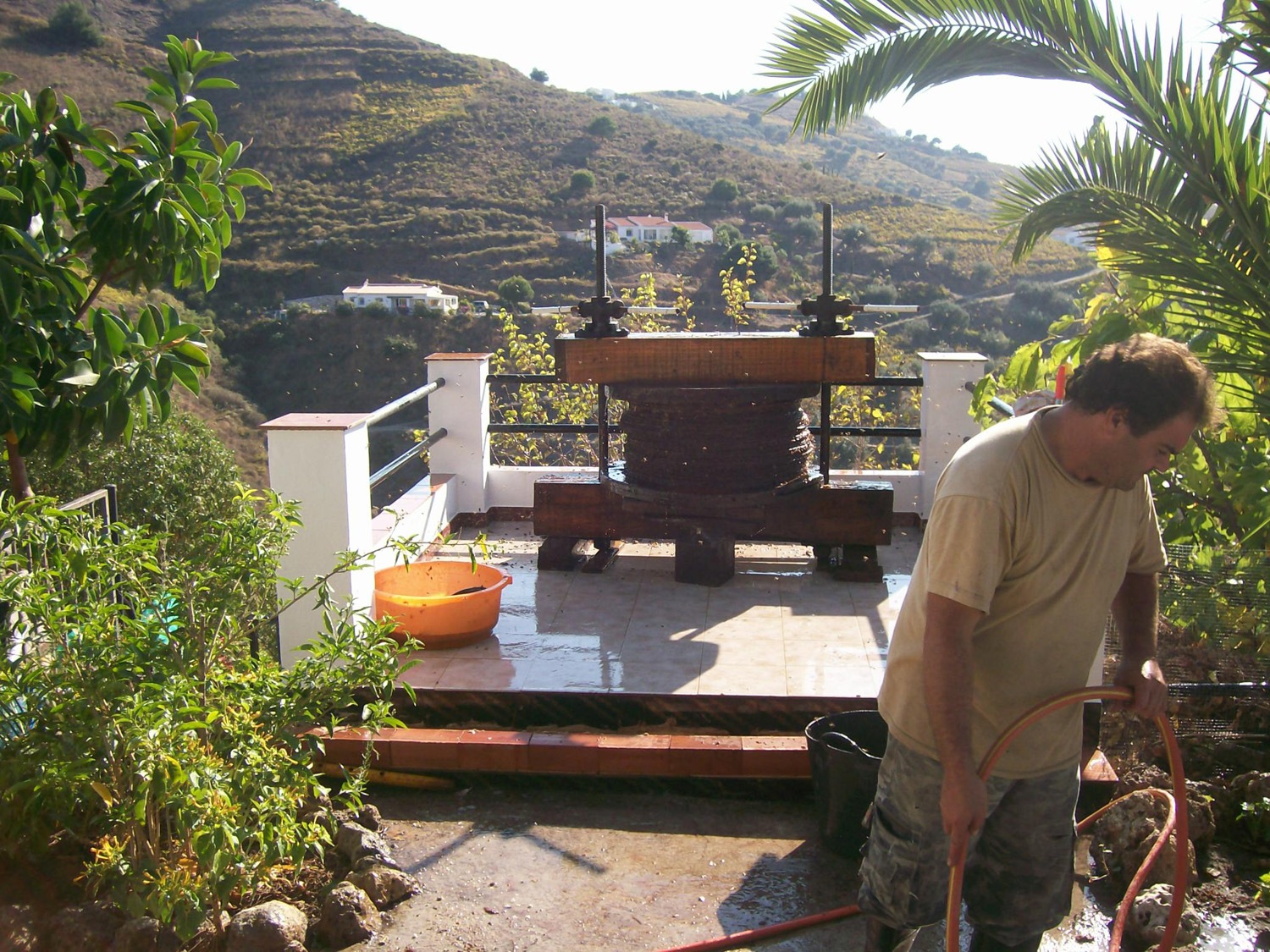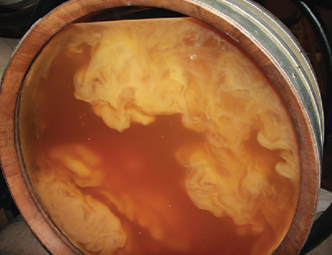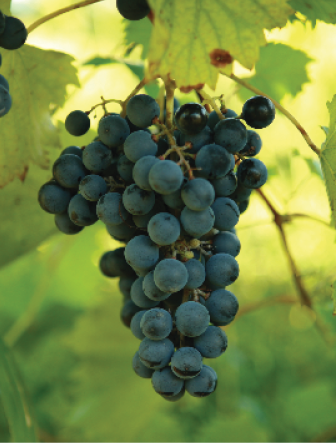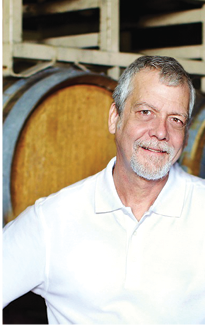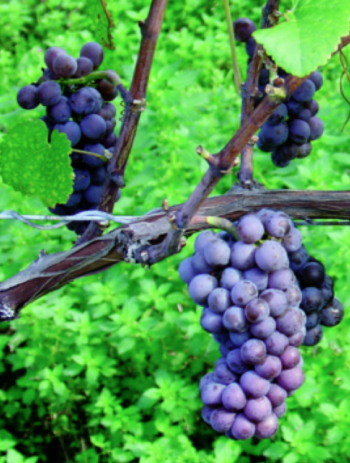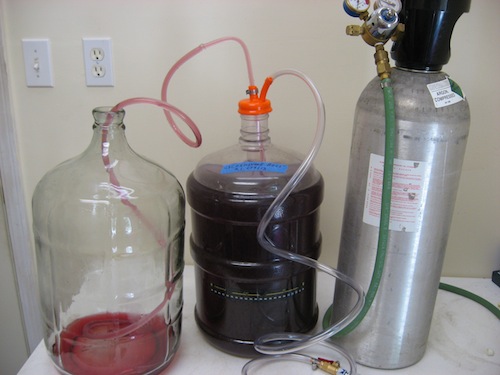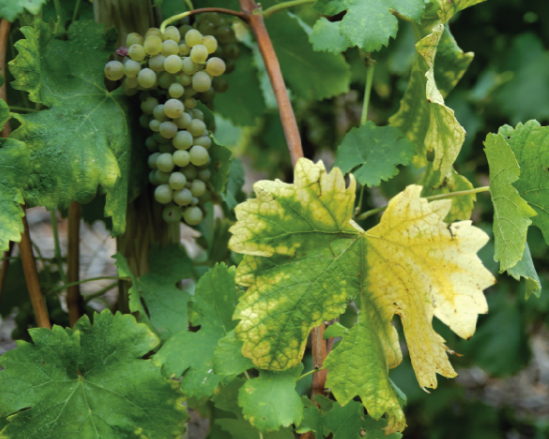Oct-Nov 2013
Finding Ideal SO2 Levels
You do an excellent job of outlining one of the major conundrums we all experience in the winemaking world. How much SO2 do we need to add to our wines to keep
What Kind of Water to Use in My Wine Kit
To address your first question: A chemistry teacher in high school once mentioned that since distilled water was free of minerals and many dissolved gasses, it behaved differently in osmotic equilibrium situations
Making Muscat, Battling VA, Finding Ideal SO2 Levels
No matter which strain you use, be sure that you read up on all the specifications from the manufacturer around ideal performance conditions.
Joining a grape growing community
Spending time with fellow amateur grape growers can improve your own vineyard.
Home Vineyard Experiments
Bibliographies are traditionally presented at the end of an article, but there is a book that proved so central to the production of this article that it must be given a leading
Performing Bench Trials
It is always recommended to do a bench trial prior to making any big adjustment or blend. Learn how to dial in an exact adjustment/addition rate and then scale it up to the full batch.
Small Batch Wine Experiments
Making small batches of wine at home can be a real labor of love. If you primarily make wine by the barrel it might be easy to take this idea for granted,
Winemaking Tips from Virginia Winemakers
Four centuries after it was first believed wine grapes would be an agricultural staple in Virginia, early prophecies are a reality. Virginia is quickly emerging as an up and coming wine region
Bâtonnage Winemaking Techniques
You want to add extra body and mouthfeel to your wines, or perhaps enhance those buttery or yeasty aromas and flavors in your barrel-fermented Chardonnay? Or maybe even round out those sharp
Chambourcin: A vigorous, dark hybrid
. . . (Chambourcin) does get a little more respect than other hybrids because of its ability to improve color in other wines without taking away from the other grapes’ varietal character . . .
Making Dry Muscat
Sounds tasty to me! I love a dry (or even off-dry, maybe with residual sugar of around 5 g/L), crisp Muscat wine. Historically, Muscats have been used in many wine types, from
Making Chambourcin Wine: Tips from the Pros
Developed commercially 50 years ago, Chambourcin is a versatile grape that is most prevalently grown in the Mid-Atlantic. Producing deep red colors and strong aromas, Chambourcin grapes are used either to stand-alone
Determining Ripeness
How do you know when it’s time to pull the trigger on harvest? Here’s an introductory look for your first harvest.
Battling VA
It sounds like you took the right approach. A VA (volatile acidity) of 0.70 is not “out of this world” high, though it is a little elevated. Especially if this was a
Using Inert Gases in Winemaking
Blanket, flush, sparge, transfer, dispense. To exclude air while doing any of these things to your wine, your best bet is the use of an inert gas. Learn some your options and tricks.
Viognier
In the 1960s, Viognier seemed to be an endangered grape, planted only in dwindling numbers in a pair of obscure redoubts in France, the shrinking Condrieu region and the one-winery Château-Grillet AOC.
